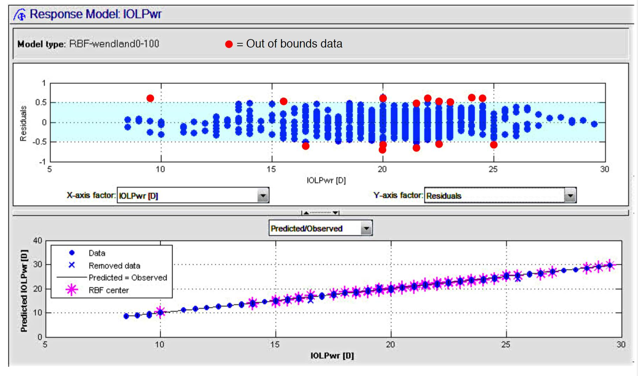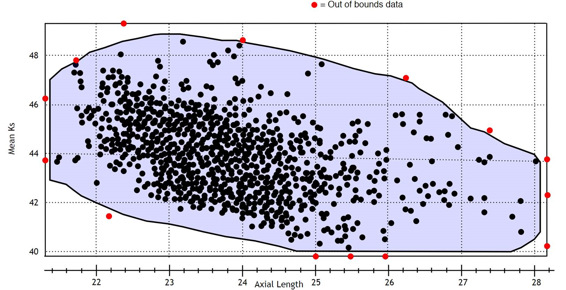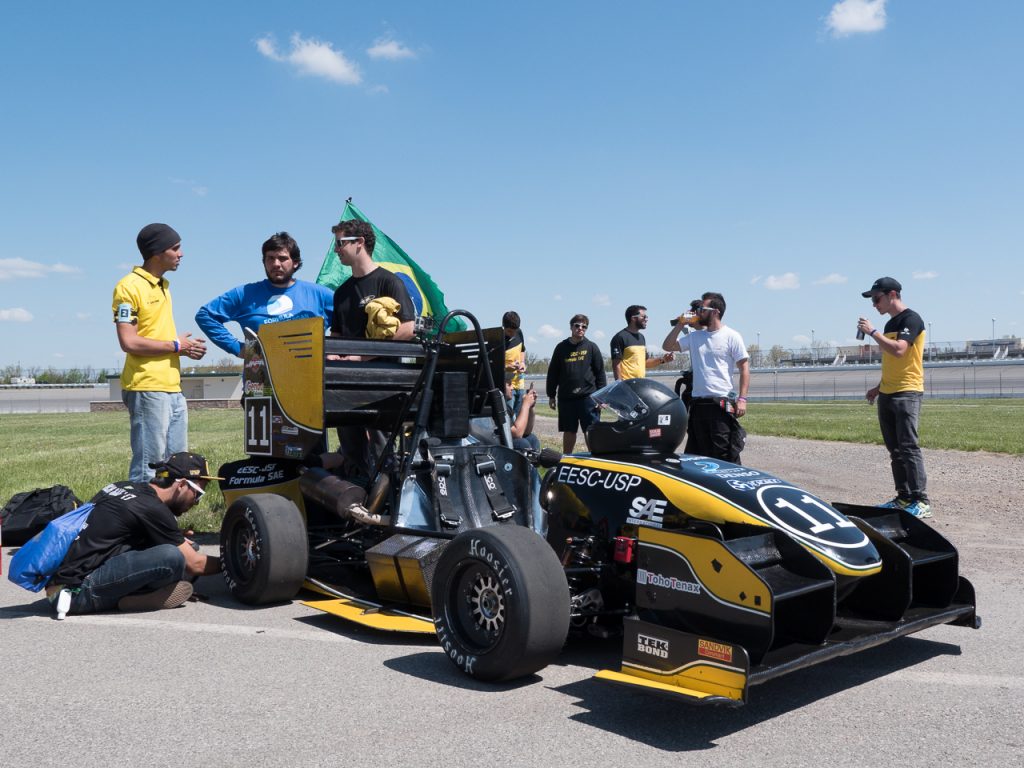Find Inspiration from Outside Your Zone
I don't know if you usually read MathWorks magazine, MathWorks News & Notes; I do. I find it inspiring, am amazed with our customers' creativity, grateful for the solutions of real-world problems, and more. For example, in addition to finding an article on using computer vision to "remove the water" from underwater images fascinating, it makes me wish I could go snorkeling somewhere soon!
One of the things I have noticed is that the magazine sparks my thoughts to incorporate some of the new ideas from completely different domains into work I am doing myself. Even if this doesn't pan out, I have learned something new.
Several years after finishing my PhD thesis and successfully defending it, I found out that Anne Trefethen and I had written very similar theses: hers on assimilation of satellite data (data fitting with gaps using splines and cross-validation for the Meteorological Office in the UK), mine on modeling of the magnetic field of Earth's interior. The mathematics were identical except perhaps the choice of norms, and of course, one model was applied inside a sphere, and one outside. There was a potential opportunity for collaboration, or for either of us to expand into a new area of research. If we'd been aware of the similarities at the time of our theses defenses, we may well have collaborated on future work and leveraged each other's domain experience.
A process or algorithm from one field may be salient for another disparate field, but how do you find out about it? That's one of the trickiest parts. Reading broadly and having friends with whom you interact from other fields are always good options. I've also found that a good analogy can help me understand a field new to me if there are reasonable parallels to draw.
Cross-pollination of ideas across disciplines is not new, nor are connections that may, at first glance, seem surprising. After all, the elephant and rock hyrax are close relatives from an evolutionary point of view, but how different they look at first glance! What insights can evolutionary biologists glean once they know that such disparate looking animals share so much in common - perhaps more than we might guess at first glance. It's worth the time looking across disciplines for potential insights into your own.
While I was a graduate student, a group of us invited Francis Crick, of double helix fame, to an evening discussion (of course with beer and pizza - hey, we were students!) to explore parallels between seismology of Earth and brain imaging. Again, the mathematics for the 2 problems is essentially the same. However, in this case, the material properties, geometry assumptions, and therefore approximations to the model, differed. We were trying to understand how different, and if there were techniques from brain imaging that we could exploit to understand Earth. After a few hours, we concluded that though these problems sound quite similar, the nuts and bolts underneath for doing efficient simulations didn't translate easily back and forth. We could each state a similar problem, we could each make simplifying assumptions, but they differed for the 2 problems. For example, Earth and the brain have different material compositions, different symmetries, they differ in their isotropy (and anisotropy). Even the experimental set-ups are quite different. On Earth, we tend to instrument more where there is land, or places in the ocean that are well studied so data can be retrieved. And for whole Earth seismology, we tend to use data collected from very large earthquakes, which we don't control with respect to timing, what kind of waves are triggered, and more. For the parallel brain imaging case, especially that long time ago, the excitation source was well controlled in a medical lab. So, unfortunately, there was less obvious synergy in the early 1980s than we'd hoped for.
We recently heard a really interesting story of cross-pollination from Pete Maloney, trained as an automotive engineer, from MathWorks consulting (and now part of development). Pete helped an impressive team, including many ophthalmologists, to improve cataract surgery lens implant selection. Even a small percentage gain could be quite meaningful as there are millions of these operations done every year. Pete was able to apply techniques from the Model-Based Calibration Toolbox to build appropriate analysis techniques to determine the best intraocular lens (IOL) match for a very broad spectrum of possible eye measurements. The RBF IOL Calculator resulted in a 14% improvement in 2014. Since 2014 the model was deployed to web, Excel Add-in, and the Lenstar 900 biometer and has been in use since. (The next-gen calculator promises to be better but the results are not in yet from the field.) I was fascinated watching Pattern Recognition IOL Power Selection by the lead investigator, Dr. Warren Hill. This work continues today, and Dave Hoadley, from MathWorks consulting, is a key part of the team.
MBC Toolbox Radial Basis Function fit quality:

MBC Toolbox Convex Hull Boundary Model used to disqualify patients not within normal patient population from RBF Lens Calculator use:

Who would have expected that automotive expertise would be relevant for an ophthalmologist. A result of smart people and fortuitous cross-pollination.
Have You Had an Aha Moment or Epiphany?
Do you look for inspiration beyond your area of research? Where do you look? Let us know here.
- カテゴリ:
- News








コメント
コメントを残すには、ここ をクリックして MathWorks アカウントにサインインするか新しい MathWorks アカウントを作成します。